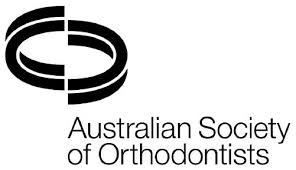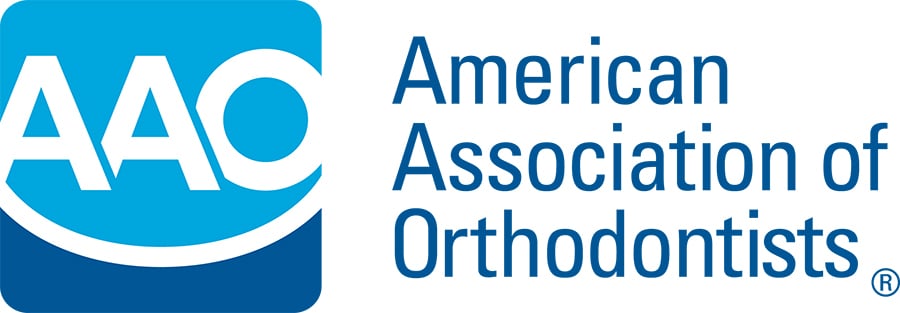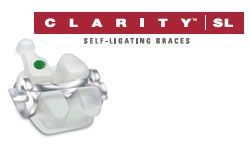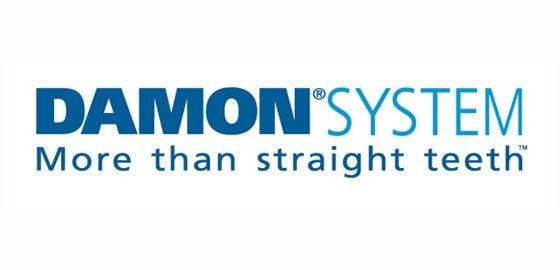Class III problems
Affordable underbite treatment in Melbourne
Class III malocclusion problems, also called ‘prognathism’ or ‘underbite’, are a form of abnormal bite where the lower jaw and teeth protrude in front of the upper jaw.
‘Bite’ refers to the position of the teeth when the mouth is closed. In an ideal bite, the upper teeth extend slightly in front of the lower teeth, but in an underbite, this is reversed. Some cases of underbite are barely noticeable, while more severe cases are much more obvious.
Associated issues
Patients with underbite may experience associated issues, which include:
- difficulty biting, chewing, and talking
- difficulty maintaining good oral hygiene, which may lead to an increased risk of gum disease.
- tooth or jaw pain, due to strain caused by misalignment of the jaws
- self-consciousness about their facial appearance
Causes
There are several causes of an underbite, including:
- genetics – underbite often runs in families and it's hereditary
- tongue thrusting – where the tongue is pushed through the front teeth when the patient is speaking or swallowing, or while the tongue is at rest
- medical issues – these may include a tumor on the jaw or acromegaly (when the body produces too much growth hormone)
Treatment options
Early intervention is essential for the successful correction of an underbite. We recommend that a child with a suspected underbite be assessed by an orthodontist at about 7 years old.
Treatment of underbite generally involves the encouragement of facial growth to bring the upper and lower jaws and teeth into proper alignment. There are several treatment possibilities, which will be discussed with you at your free initial consultation. Treatment options include:
- Braces (this is the most common treatment and includes traditional braces or clear ‘Invisalign braces’)
- Changing the behavior of the patient; for example - stopping the thumb sucking or tongue thrusting.
- Orthodontic appliances such as expanders or headgear, to guide the jaws into position.
- Orthognathic surgery (jaw surgery) – to reposition the jaw.
How Smile Avenue can help you
Free consultation
At Smile Avenue, the first consultation is free for every new patient. This gives you the opportunity to talk with our doctors about your problem and to ask any questions you may have. Our doctors are experienced in many different types of treatment and will outline a suggested treatment plan for you.
Experience and research in orthodontics
We use evidence-based methods, to ensure that we get the best outcome for you and your child. This sets us apart from other orthodontic practices and means that we base all of our work on sound research and years of experience, not fads or experiments.
Our treating orthodontists have written numerous research publications in the field of complex orthodontics, which have been published in leading journals. Please click here to browse through our extensive body of research work.
Interest-free payment plan
We offer affordable, no deposit and interest-free, flexible payment plans to all patients. We also offer group discounts for families with more than one patient requiring treatment.
3D scanner
Our practice has the most up to date digital scanner technology, that allows us to show you the results before treatment commences. We take a digital scan of your child’s teeth and show you how they will look at stages throughout the treatment and at the conclusion of the treatment. It is comforting to see your child’s treatment results before they even start the treatment.
FAQs
Does treatment of an underbite always require jaw surgery?
Jaw surgery is used as a last resort for an underbite problem. The most commonly recommended treatment is the wearing of braces (either traditional braces or clear ‘Invisalign’ braces).
How can an underbite be corrected?
Successful treatment of an underbite depends on the age at which the treatment begins. We recommend that your child sees an orthodontist for an assessment when they are about 7 years old. Treatment most commonly involves the wearing of braces.
Why is it bad to have an underbite?
Many patients with an underbite are self-conscious about their facial appearance, but the issues associated with underbite are much more than just appearance. They include tooth and jaw pain, and difficulties biting, chewing, talking, and maintaining good oral hygiene.
What is the best age to fix an underbite?
Early intervention is essential for the correction of an underbite, so we recommend that patients are assessed by an orthodontist at about 7 years of age. The orthodontist will outline a plan for your child and recommend the starting time for treatment.
Can speech problems be caused by an underbite?
Underbite can be the reason behind some speech problems, such as lisping or difficulty in clearly enunciating certain words. Not all speech problems are caused by underbite, so it is important to have your child assessed early.
How long does treatment take to fix an underbite?
Treatment time depends on the severity of the underbite and the age at which treatment commences, but as a guide, treatment with braces generally takes between 1 and 3 years.
What are the treatment costs?
For information regarding detail braces costs, please click here.















